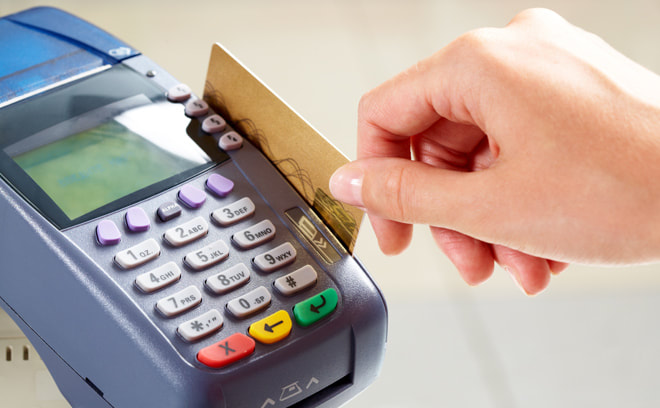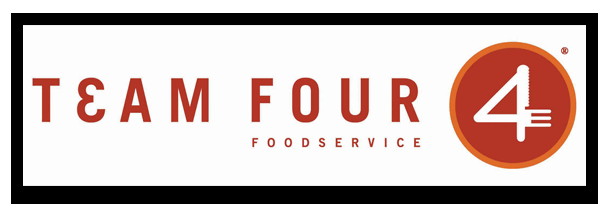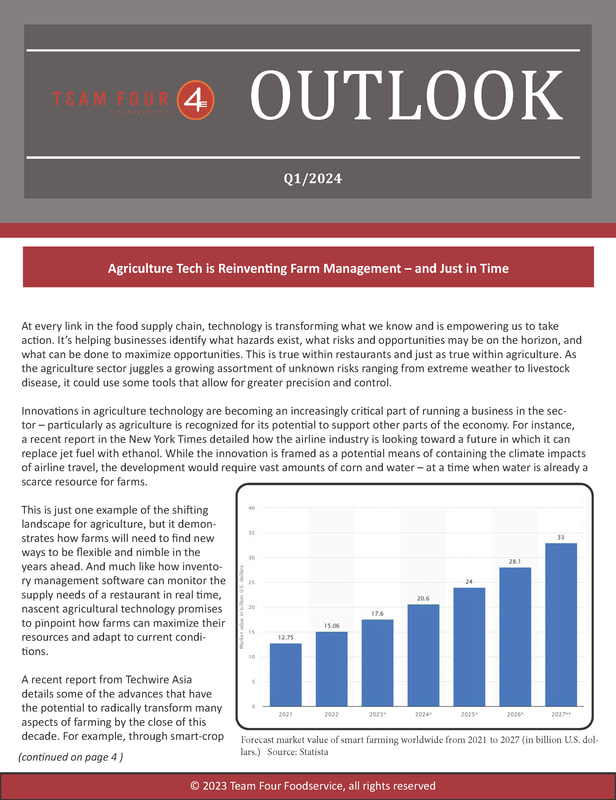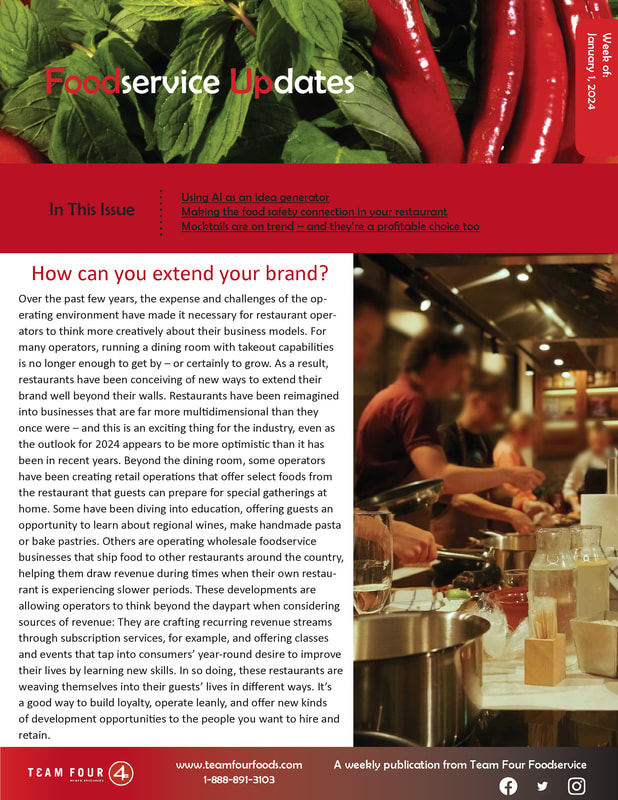|
What are your biggest operating expenses? If you’re like many restaurant operators, food and labor come out on top, followed by a frustrating one: credit card swipe fees. Sean Kennedy of the National Restaurant Association weighed in on the issue recently, saying, “These swipe fees have more than doubled over the past decade, costing U.S. businesses more than $160 billion in 2022. A lack of competition between the major credit card processing networks is why swipe fees continue to skyrocket.” Last year, a bipartisan bill was introduced in the House and Senate that would require at least two competing card-processing networks to be enabled on every credit card. But what are restaurants to do in the meantime, now that credit card transactions have become consumers’ go-to payment method? Start by studying the range of fees and structuring options so you know where there might be room to negotiate. Processing fees generally range from 1.5-3.5 percent but can climb as high as 6 percent per sale. Fees can be flat, based on a subscription rate, or involve a two-tiered fee charged by the card processor and network (and there may also be hidden fees you didn’t expect that appear on your invoice). There are pros and cons to different fee structures and some may be more suited to your restaurant’s size or stage of development than others. Being able to demonstrate your sales growth and transaction volume over time, as well as your compliance with PCI standards and efforts to prevent fraud, may give you room to negotiate a lower fee. It may also help to review your current payment system to see how often transaction mistakes are made that can result in additional fees – is there room to simplify your system to avoid those kinds of issues? Finally, you might incentivize cash payments, discourage card payments under a certain amount, or use digital menus that automatically upsell to guests so that the card transactions you process are more worthwhile.
0 Comments
For many Americans, cash is fast becoming a relic of life before the pandemic. According to a Pew Research Center survey released last year, 41 percent of Americans said that none of their purchases in a typical week were made with cash, up from 29 percent in 2018 and 24 percent in 2015.
But as digital payments have become the norm in the past few years and new technology solutions have appeared on the market to enable these transactions, sneaky fees have also become more commonplace. Unfortunately, while these transactions can supply restaurants with data that provide a wealth of guest insights, they also deplete margins. Further, since digital payment processing is new and evolving, it involves additional fees that may be unfamiliar to operators and easy to overlook. In order to keep costs in check, it’s important to recognize the range of payment fees you may be charged, as well as what combinations of fees can signify that you should make changes or negotiate alternatives. A recent report from Modern Restaurant Management indicated that we will likely see an increase in AI-assisted auditing services that can help restaurant operators identify and weed out these hidden fees. In the meantime, it advises operators watch for these fees on statements: • Authorization and transaction fees: While these fees are common, you should not see both per-authorization and per-transaction fees on a single statement. • Minimum fees: Your credit card processor may charge these fees if you don’t reach a certain threshold of payments over a set period of time. Just be aware of the terms so you know how often the fee is issued – you don’t want to be paying a daily fee when a monthly fee is possible. • Monthly settlement fees: Many processors will charge this fee as an extension of the nominal batch fee they charge for bundles of transactions. • PCI fees: You can avoid these fees, which can run upwards of $20 per month, by becoming compliant with payment card industry data security standards. • Statement fees: If you’re receiving paper statements and being charged a fee for them, switch to digital statements and contact your processor about eliminating charges for them from that point forward, or at worst, when your contract is up for renewal. |
More Financial MattersWhat’s the best financing option for my restaurant?Build revenue through the kitchenLegal claims: Are you leaving money on the table?Archives
June 2024
Categories
All
|
Foodservice CEO is provided for informational purposes only. It is intended to offer foodservice operators’ guidance regarding best practices in running their operations. Adherence to any recommendations included in this Guidance will not ensure a successful operation in every situation. Furthermore, the recommendations contained in this website should not be interpreted as setting a standard of operation or be deemed inclusive of all methods of operating nor exclusive of other methods of operating.
Copyright 2023 Team Four Foodservice, All Rights Reserved.





 RSS Feed
RSS Feed